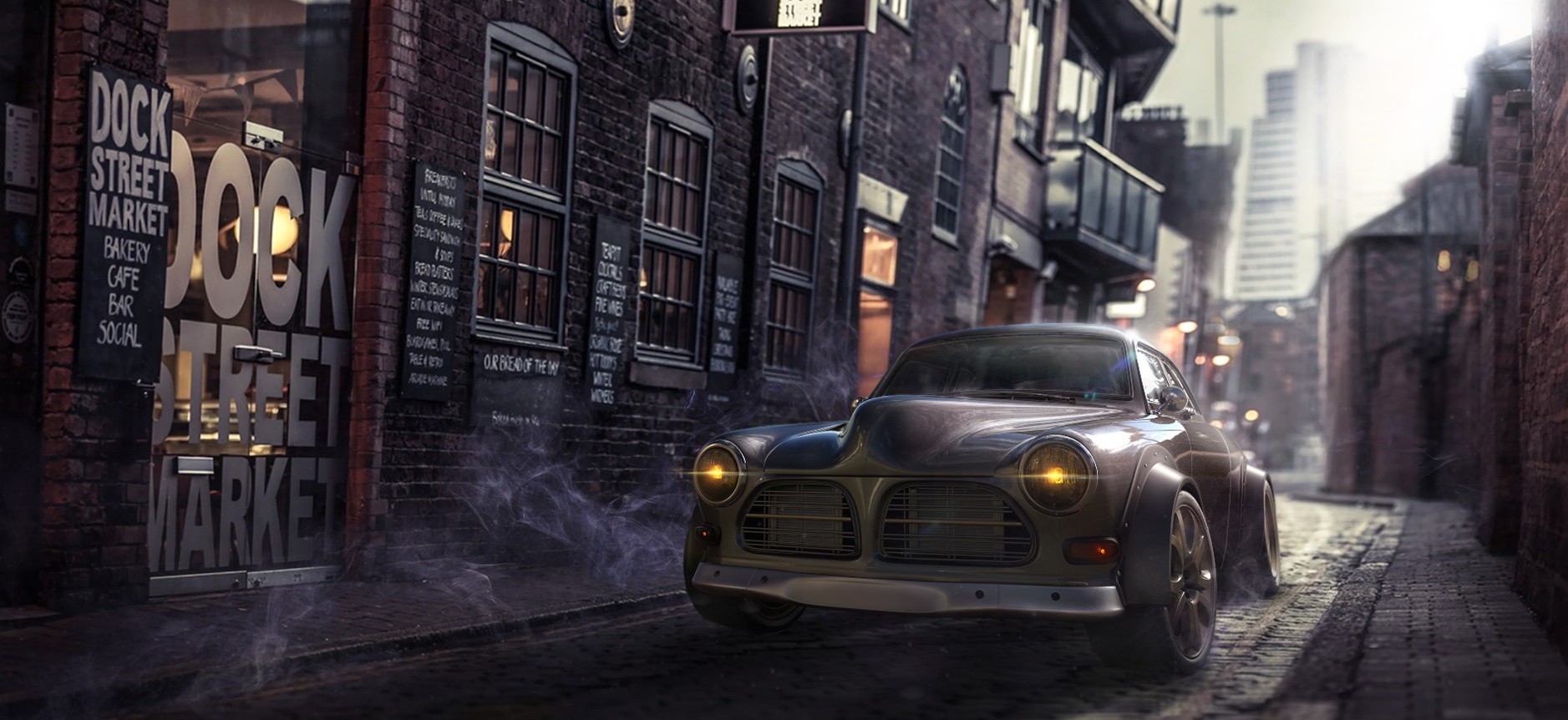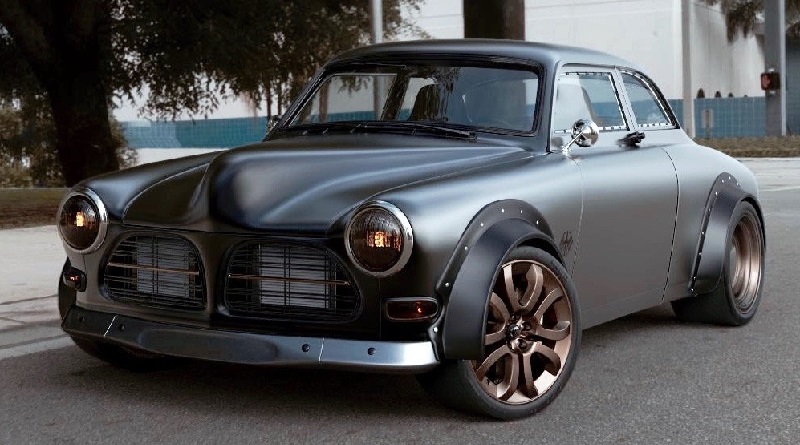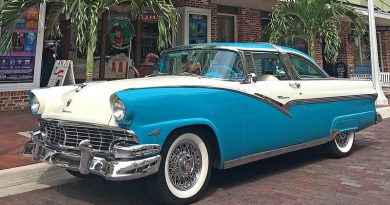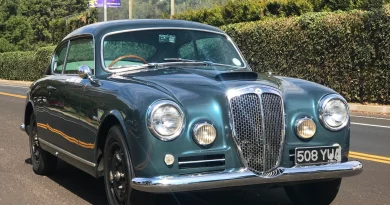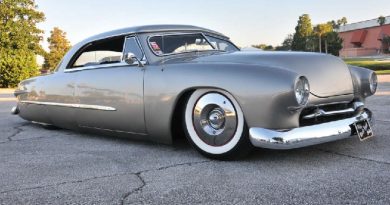1967 Volvo Amazon Interceptor Concept
The Volvo Amazon was a mid-sized car manufactured and marketed by Volvo Cars from 1956 to 1970 and introduced in the United States as the 122S at the 1959 New York International Auto Show.
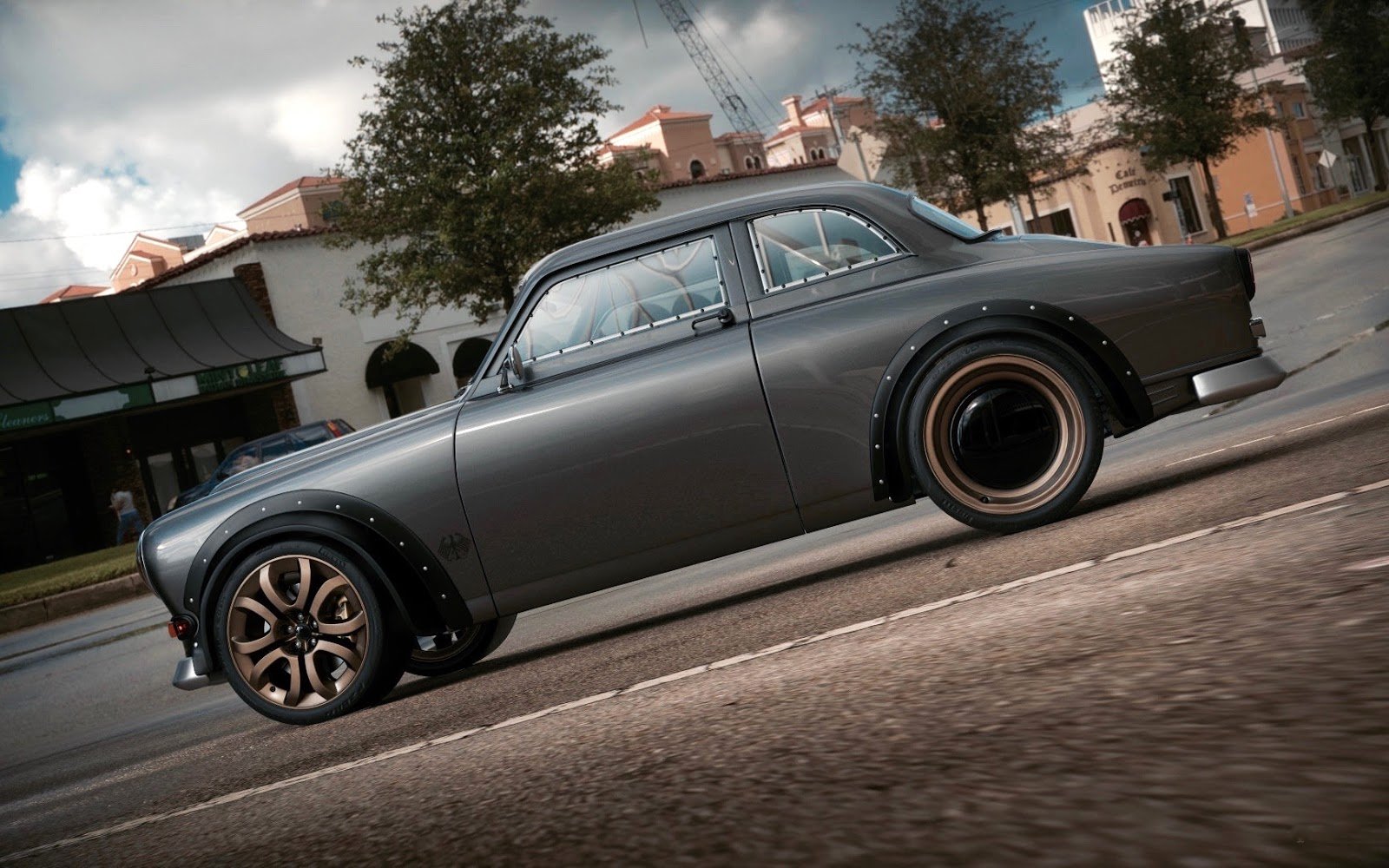
The Volvo Amazon was first made as a four door sedan, then as a two door in 1961, and the station wagon model 221 (and sports model 222) in 1962. The car used a unibody construction and Volvo paid great attention to giving the bodywork a phosphate treatment to ensure paint adhesion and also made good use of rust inhibiting coatings.
The controls were laid out in a conventional way but with the handbrake lever being located in the typical British position on the outside of the driver’s seat rather than in the center of the car. This was done to make it easy for Volvo to use a front bench seat if required in future models. In reality no bench seat models were made (except for some that were later made in Chile) so the location of the handbrake could have been in the center of the vehicle where it is more convenient to use because the same hand is used for the gear lever and handbrake.

Design-wise, cars have come a long way. So much so that, for as long as we can remember, cars have been drawing inspiration from various places, such as animals, shapes, other cars, and even having the equivalent of human eyelids – case in point being the Lamborghini Miura. However, today we are talking about a much more unremarkable vehicle.
For a rally beast it’s relatively discreet on the exterior. The only indicators being the incorporation of spot lights and mud flaps; look closer though and you’ll find an external electrical cut-off switch mounted on the scuttle panel, a riveted alloy fuel cap at the rear and a number of arrows pointing to various jacking and towing points.
